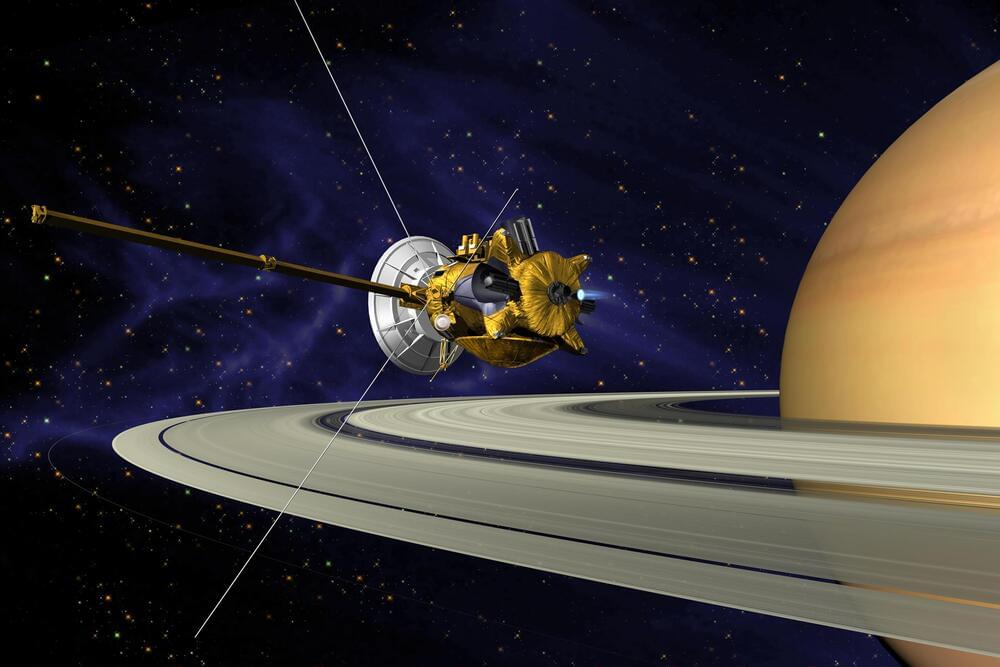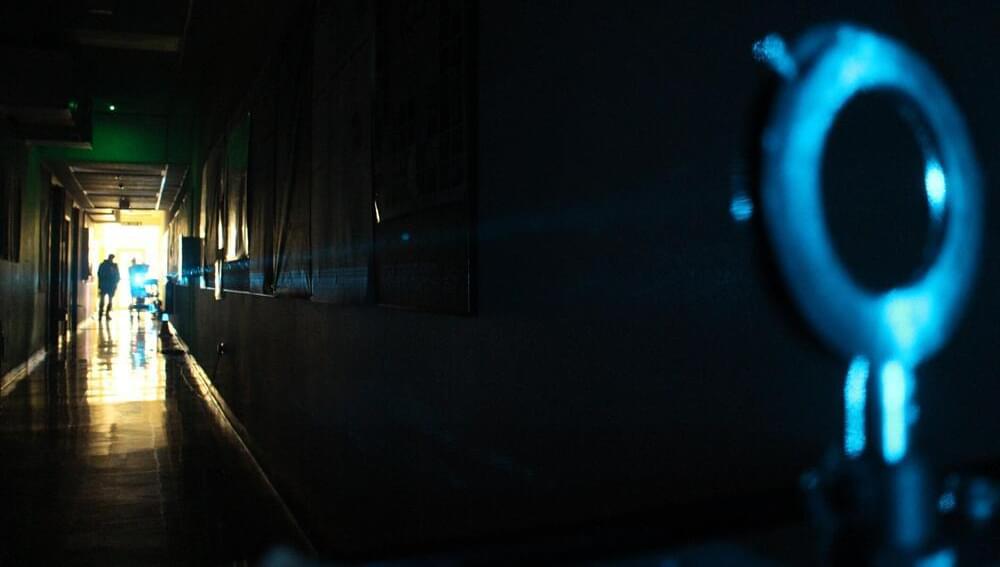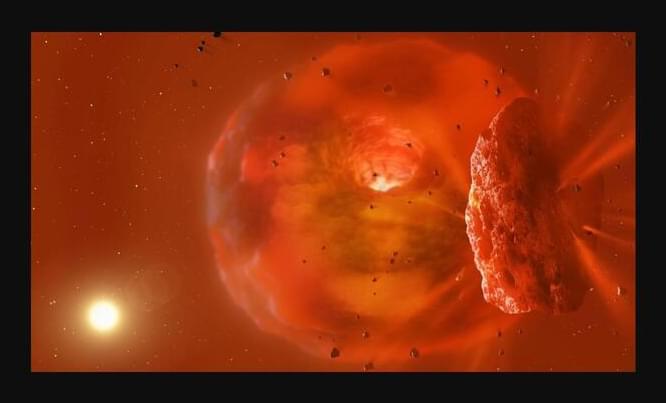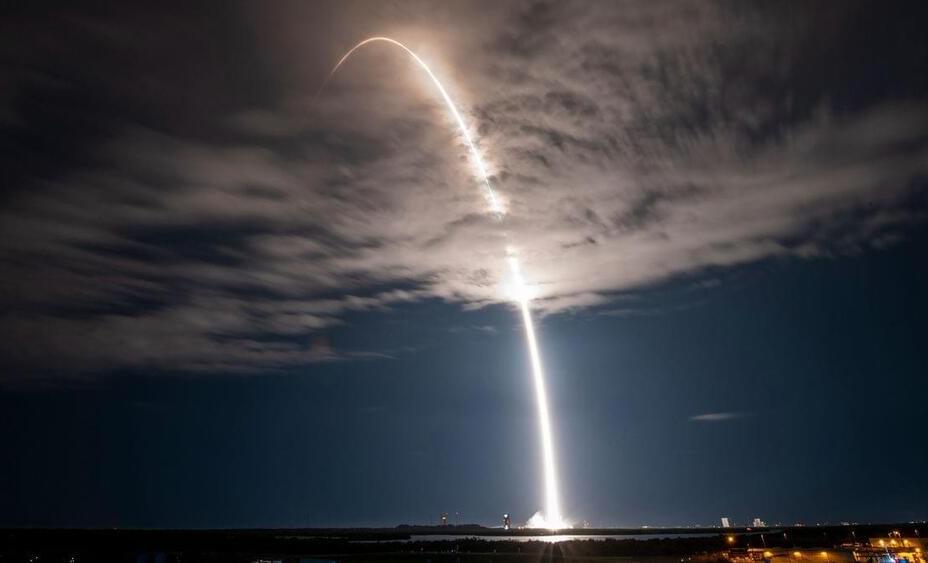Eventually, maybe by the early 2040s, would like to see every large body in solar system, from the Sun out to Pluto to have a probe like the Cassini probe in a permanent orbit around it. So we have 24/7 live feed / study of all of them. And, ASI could run all of it by that point.
Launch and mission info for NASA’s mission exploring Saturn and its system of moons.








